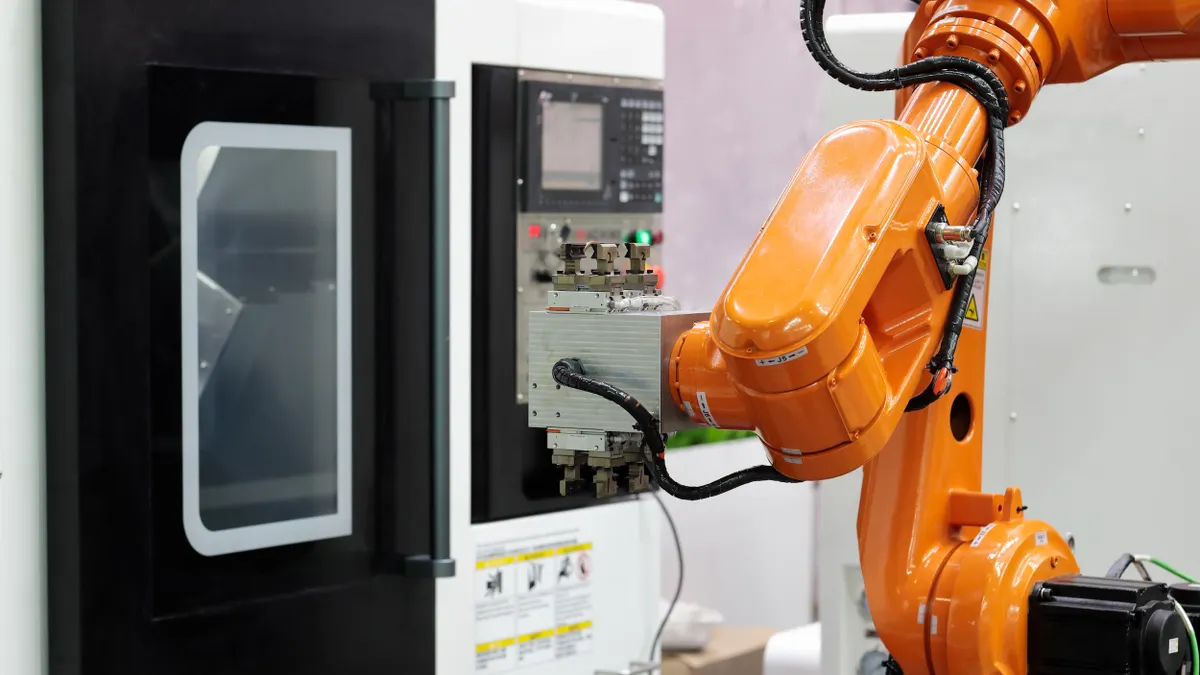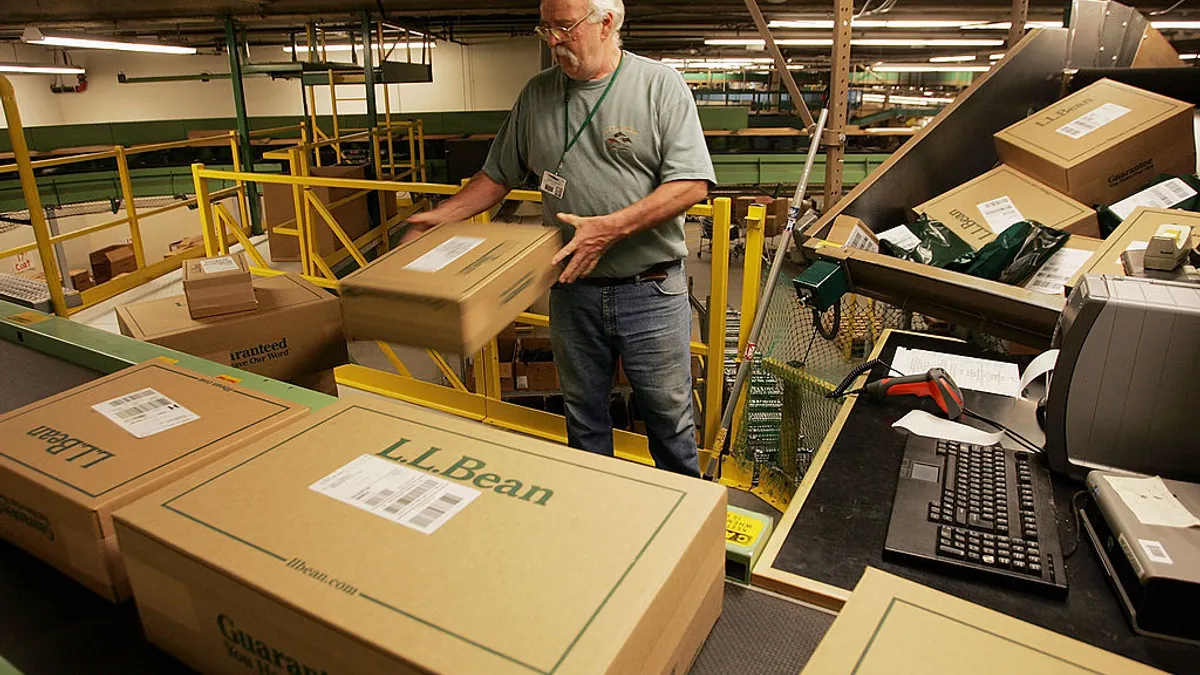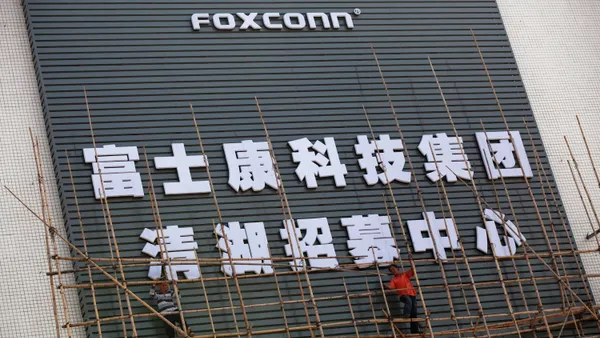Charlie Gibbs is director of product solutions at technology company Getac North America. Opinions are the author’s own.
Manufacturers are unknowingly jeopardizing their sustainability and profitability by using devices that tend to fail and need repair.
While more manufacturers are pushing to reduce their scope 3 greenhouse gas emissions, the demands of operational efficiency still tend to be at odds with these sustainability goals. Companies that focus more on upfront costs are hesitant to use or unaware of rugged devices that can help meet their goals.
Understanding rugged devices
Workers rely on their devices to stand up to the extreme conditions of the field when monitoring equipment, managing supply chains or troubleshooting systems in real time.
Digital infrastructure must remain reliable to keep production running smoothly in manufacturing environments where dust, vibration, moisture and extreme temperatures are common. Rugged devices are designed to withstand these conditions on the factory floor.
They also offer a long-term alternative to the cycle of frequent failure and replacement regularly seen with consumer-grade devices. Rugged models can have lifespans of up to five years or more, even in the harshest conditions, unlike consumer devices that often fail within two years. Avoiding replacement cycles leads to reduced material usage, fewer repairs, lower manufacturing volumes and decreased waste.
Less e-waste, lower emissions
The electronics industry is a fast-growing contributor to global e-waste. Statista reported that e-waste is one of the fastest-growing waste streams in the world. The amount of discarded electronic material has almost doubled since 2010.
By implementing rugged devices, companies can directly reverse this trend in three key ways:
- Longer lifespan: Extending hardware life cycles can reduce the frequency of device disposal and the environmental impact of manufacturing new units.
- Fewer spare parts: Rugged devices are engineered for reliability, meaning fewer repairs, replacement components and full unit replacements. This lowers shipping demands, cuts costs and decreases the emissions tied to part production and transportation.
- Remote device management: When issues arise, built-in compatibility with mobile device management platforms allows teams to diagnose and fix problems remotely. This allows organizations to cut back on physical interventions, especially when rugged devices are deployed to remote locations where getting replacement parts is almost impossible.
ESG strategy
Investments in rugged devices can also serve those customers, users and regulators that maintain their own broader environmental, social and governance goals.
Part of a company’s calculated emissions is the disposal of technology used. Minimizing the hardware waste and supply chain activity coming from technology can help improve an organization’s scope 3 emissions.
Rugged technology can also strengthen corporate reporting with concrete data on device lifespan, energy savings and e-waste reduction. This signals a communal effort within an organization and can also provide reputational advantages in increasingly competitive markets.
Measuring ROI
The total cost of ownership of rugged devices is noticeably lower than that of legacy devices, especially in industries where hardware failure and downtime are costly.
In a 2024 IDC InfoBrief, sponsored by Getac, 35% of respondents expected a more than 20% reduction in their total cost of ownership after implementing rugged devices.
These efficiencies extend to IT operations as well. The ability for remote fixes avoids the cost, downtime and environmental impact of on-site service.
A practical approach to sustainable tech
Sustainability is not just about cutting emissions, it is about helping companies make smarter long-term decisions.
Ultimately, rugged devices should not be viewed just as IT assets but as strategic sustainability tools that enable smarter procurement, extend device life cycles and support broader ESG commitments. As industries face mounting pressure to reduce waste, report transparently and do more with less, rugged devices offer a simple yet opportunity to rethink digital infrastructure.













